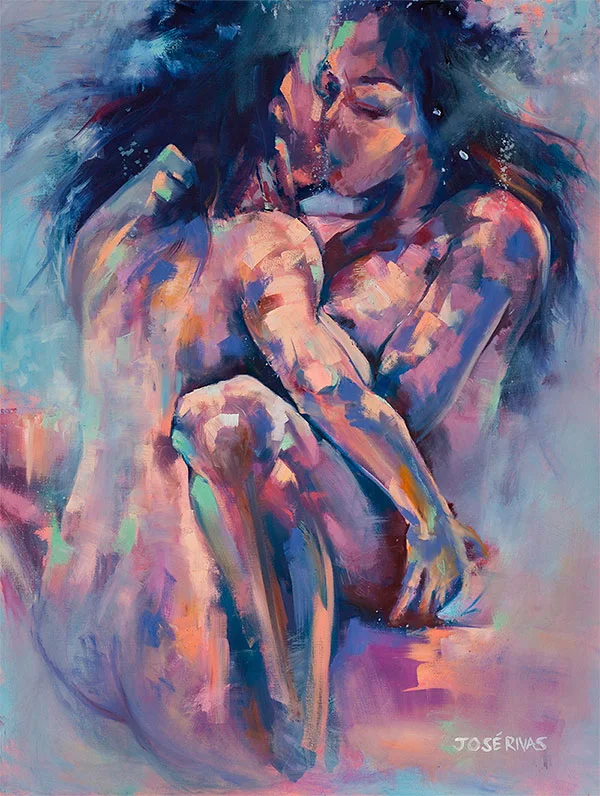Thomas Sully (June 19, 1783 – November 5, 1872) was an American portrait painter, who was born in Britain but lived most of his life in Philadelphia.
For biographical notes and works by Sully see Thomas Sully | Portrait painter.
Home » Tutti i post

Thomas Sully | Mother and Child, 1827

José Rivas | Abstract painter
Born of Spanish decendants and raised in the West Coast, Jose is a Vancouver-based graphic designer and a graduate from Capilano Univerisity’s IDEA - Illustration and Design - Program.
A lover not a fighter, Jose lives to work because it feels like play.
A socialite by nature, he loves talking about food or films directed by Wes Anderson and Stanley Kubrick.
Among other things, He’s a sucker for color schemes and beautiful sunsets.

Cornelis de Vos | Mother and child, 1624
Cornelis de Vos (1584-1651) was born into a Catholic family in Hulst, near the border between Holland and Flanders. This area was hotly disputed during the Eighty Years War (1568–1648) and in 1596 the De Vos family moved to Antwerp, confirming their Flemish rather than Dutch heritage. Soon after, Cornelis became an assistant in the workshop of the Antwerp artist David Remeeus, securing the young man’s place in the Flemish artistic tradition.

Follower of Jan van Scorel | A Man with a Pansy and a Skull, 1535

Maarten van Heemskerck | Wonders of the World, 1572
Maarten van Heemskerck (1498-1574) produced designs for a set of engravings, showing eight, rather than the usual seven wonders of the ancient world.
His addition to the conventional list was the Colosseum in Rome, which, unlike the others, he showed in ruins, as it was in his own time, with the speculative addition of a giant statue of Jupiter in the centre.
They were engraved by Philip Galle and published in 1572.
Iscriviti a:
Commenti (Atom)





